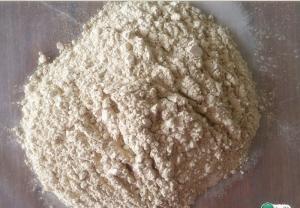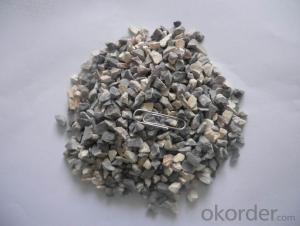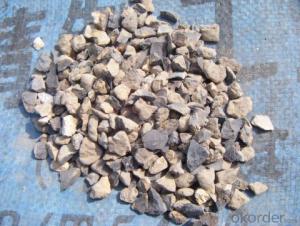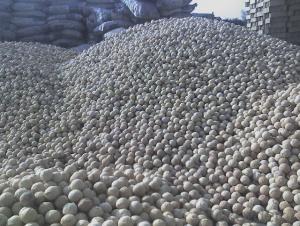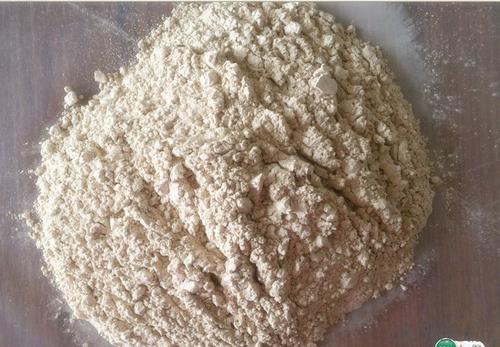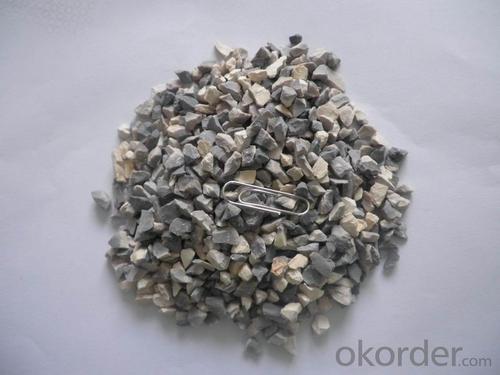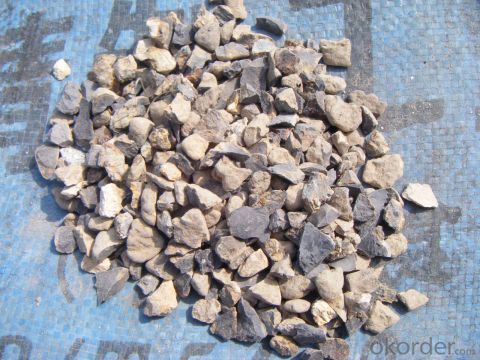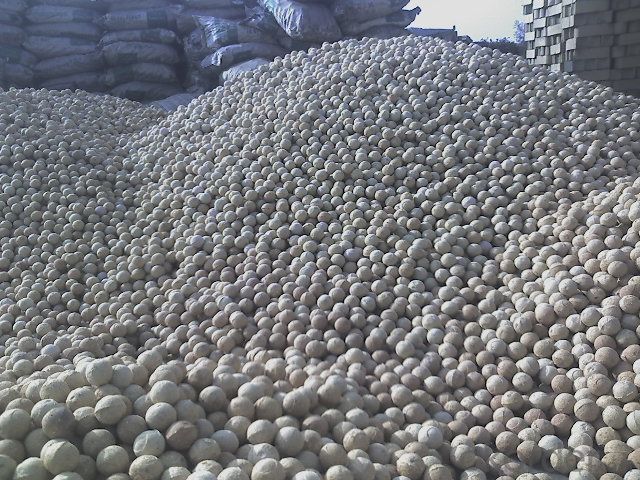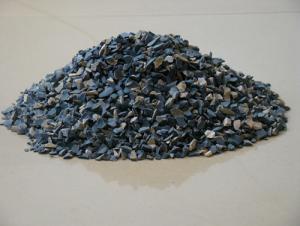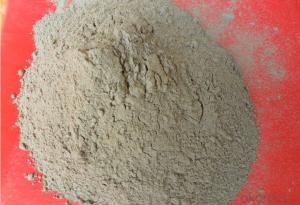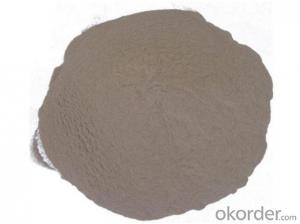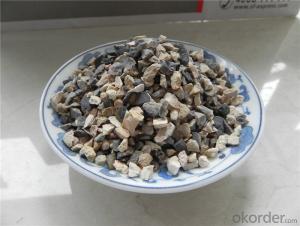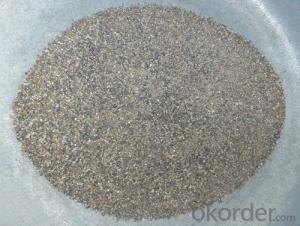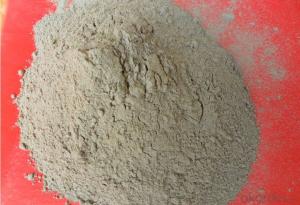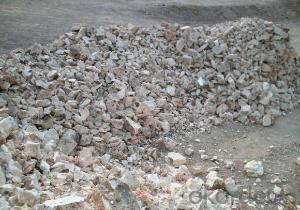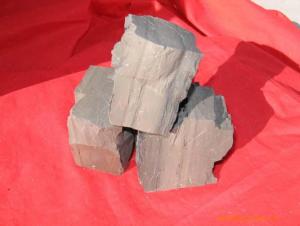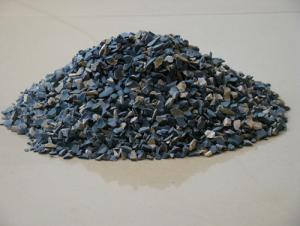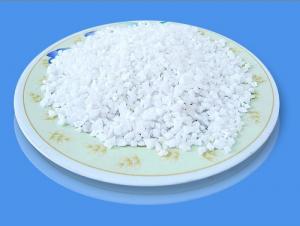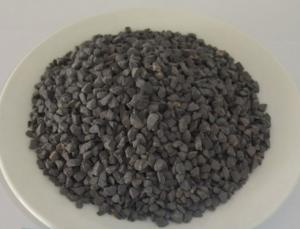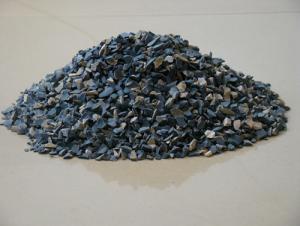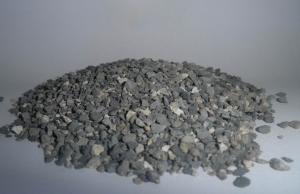Raw Materials for Refractory:88% Alumina 200 Mesh Calcined Bauxite with Low Price
- Loading Port:
- Tianjin
- Payment Terms:
- TT OR LC
- Min Order Qty:
- 25 m.t.
- Supply Capability:
- 30000 m.t./month
OKorder Service Pledge
OKorder Financial Service
You Might Also Like
88% Alumina 200 Mesh Calcined Bauxite with Low Price
Specifications
1. We directly supply calcined bauxite
2. Al2O3:70%/75%/80%/85%/86%/88%/90%
3. Size:0-1-3-5-8-10/200mesh/325mesh/400mesh/500mesh
Size:
Lumps /Grains:0-1mm,1-3mm,3-5mm,5-8mm /Powders:100mesh, 200mesh,325mesh
Product Description:
Bauxite, alumina or bauxite miner , main ingredients are aluminum oxide, hydrate alumina containing impurities,
is an earthy mineral.White or grey, brown yellow or light red by iron.From 4 to 3.9 g/cm3 density, hardness, 1 ~ 3, opaque, very brittle.
Very difficult to melt.Insoluble in water, soluble in sulfuric acid, sodium hydroxide solution.Mainly used for aluminium, refractory material.
Calcined Bauxite Grade:
Shaft Kiln Bauxite
Rotarty Kiln Bauxite
Round Kiln Bauxite
Packaging & Delivery
Packaging Details: In bulk or in 1-1.25mr bag
Product Pictures:
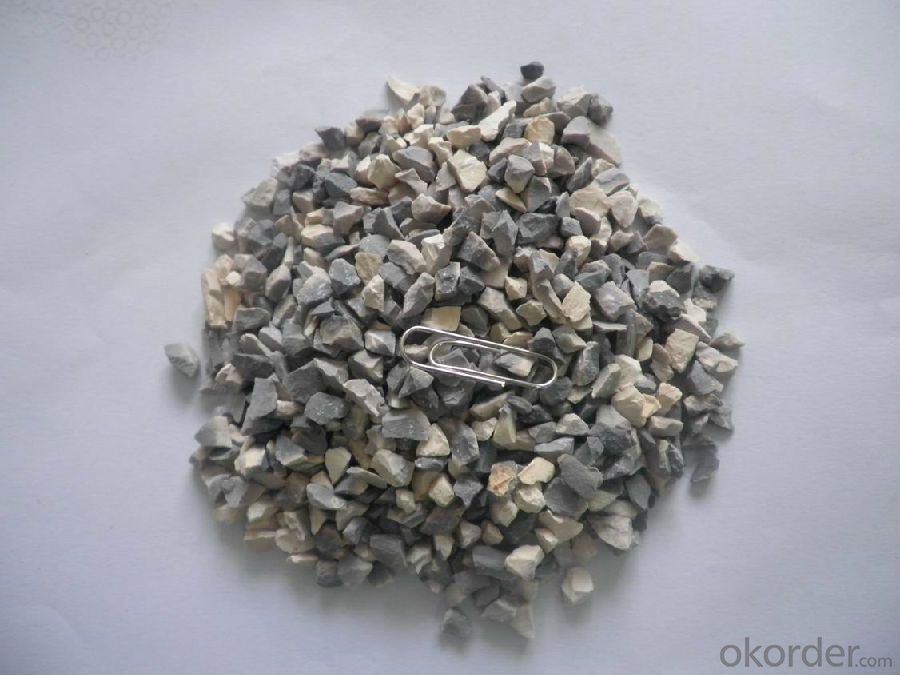
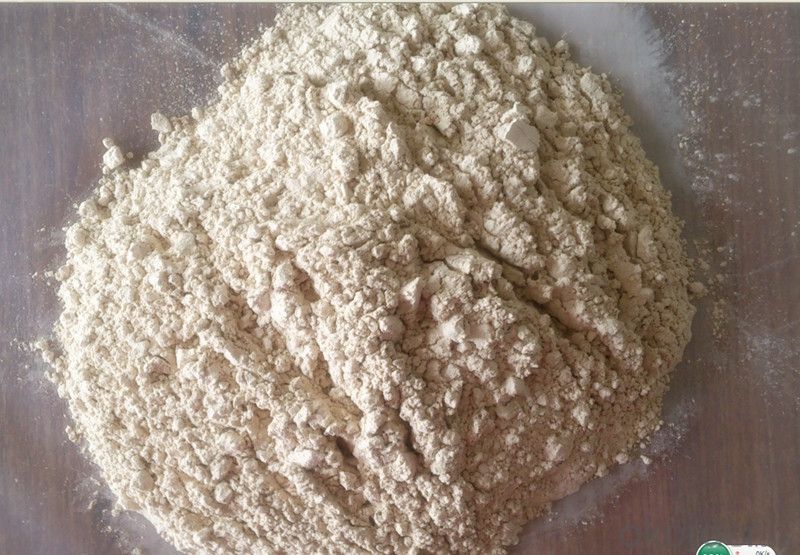
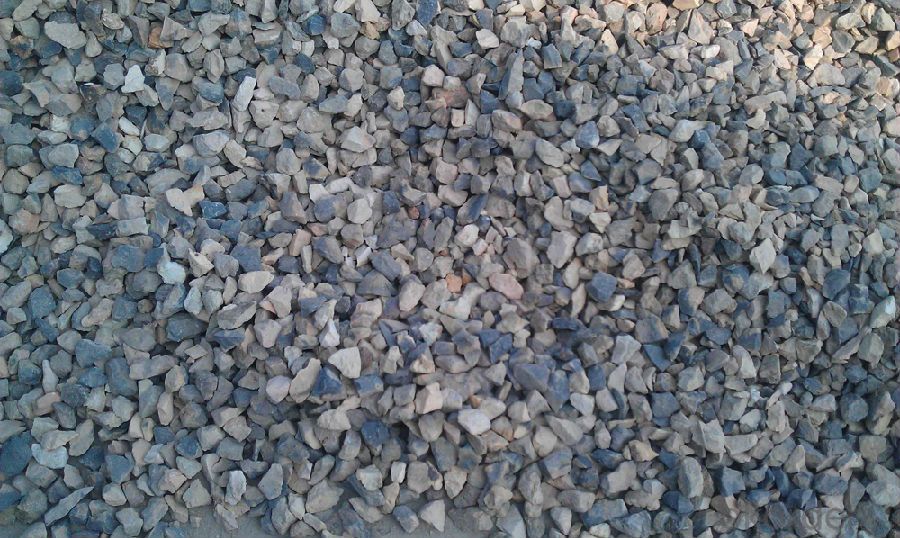
Our Service:
1. Your inquiry related to our products or prices will be replied in 24hours.
2. Manufacturer with large capacity, ensure the fast production cycle after confirmed the order.
3. Our professional technicians will answer your entire enquiry in patient.
4. To meet the refractory solutions, we can serve as your instructions.
5. Protection of sales area and private information for our entire customer.
If you’ve kind enquiries, please don’t hesitate to let us know. ^_^
- Q: Does anyone know the difference between refractory and thermal insulation material?
- I will give you a relatively simple analysis. Refractory can bear above 1,200 degrees centigrade, but some refractory is not insulated. For example, refractory brick can be directly in contact with heat source, but it has little insulation effect. Refractory includes ceramic fiber, high silica and so on. And they can be also insulated. But insulation effect is not so good as insulation material. Insulation material generally can bear below 800 degrees centigrade, and it is large in thermal resistance, low in heat conductivity coefficient and high in porosity factor, thus reducing heat loss. Briefly speaking, insulated material is to store most heat, and just let a small quantity of heat run of through air, thus insulating heat. Refractory includes glass fiber, rock wool, aerogel blanket and so on.
- Q: For refractory knowledge. What is the ratio of clay ramming?mass?
- Soil aggregates, dispersing agent, water reducing agent, plasticizer, binding agent and powder! ~ Bone meal feed approximately 6, OK
- Q: Who knows what kind of fire prevention materials are there?
- Plant use general steel structure more often without too much modification. If there is a need for modification, boards which can meet the requirements of fireproof are suitable, such as gypsum boards and aluminium sheets. As for coating, it is favorable to use coating that has fine powder, high density and better sealing. Hardening agent mainly depends on the specific requirements.
- Q: Using what kind of melting aluminium furnace refractories is more appropriate?
- If it's the ordinary, you can use high aluminum refractory brick with general clay, GB/T 3994-2005 clay heat insulation refractory brick. If you need these with good material, there is high alumina thermal insulation refractory brick, GB/T 3995-2006 high aluminum heat insulation refractory brick, models have A13 and material is the alumina, A13 50 u, high insulating brick B5.Intermediate insulating brick B2, etc. Dolomite brick: good hang kiln performance, good erosion resistance, but brick is usually without f - CaO, hydration, and difficult to transport and storage, less used in the production. Magnesia-chrome bricks: good hang kiln, used in calcining zone. The disadvantage is that its thermal shock resistance is poor and plus hexavalent Cr is toxic, the production and use of magnesite chrome bricks in international countries gradually reduce. Now unit using the brick find replacements as soon as possible.
- Q: how to classify Insulating Refractory ?
- Low-temperature thermal insulation materials (less than 600 degrees Celsius): medium temperature thermal insulation materials such as diatomaceous earth, asbestos tile (600-1200 degrees C): high temperature thermal insulation material vermiculite, light clay bricks(greater than 12,000 degrees Celsius): Lightweight corundum brick raw materials: Clay, high aluminua, silica, magnesia
- Q: What's the fire resistance rating of the exterior fire?retardant?coating?
- First of all, fire retardant coating has no class distinctions. Buildings fire resistance rating is generally classified as follows: I grade fire resistance, II grade fire resistance, III grade fire resistance, IIII grade fire resistance. Buildings with I grade and II grade fire resistance are much common. According to the coating thickness, exterior fire-resistant coating for steel structure can be classified as follows: 1. Exterior thin fire-resistant coating for steel structure, 2. Exterior ultra-thin fire-resistant coating for steel structure, 3. Exterior thick fire-resistant coating for steel structure.
- Q: What's meaning of CN of fire-resistant material?
- The commonly used preparation methodsinclude shock compression, high-pressure pyrolysis, ion implantation, reactive sputtering, plasma chemical vapor deposition, electrochemicaldeposition, ion beam sputtering, , low-energy ion radiation, pulsed arc discharge,pulsed laser inducing, etc. But the compounding result of superhard materialis not ideal due to deposition of amorphous CN film, nanometer level sizedC3N4 crystalline grain set in the amorphous film and few large graincrystal.
- Q: What are the specifications of fireclay bricks?
- 1. The various classification criteria of clay bricks. First, according to the physical and chemical indicators, they can be divided into these types: (NZ) -42, (NZ) -40, (NZ) -38. Second, the classification of specifications of clay bricks is in line with the stipulations in "general shape and size of refractory bricks". Finally, according to the stipulations of relevant state departments, the clay bricks can be divided into standard bricks, ordinary bricks, special-shaped bricks, special bricks. Second, level of refractory temperature of refractory bricks The refractoriness of refractory bricks is divided into four levels according to changes of alumina content. We know that the components in clay bricks include Al2O3. Alkali metals are also included. The refractoriness of AAA-level clay bricks in Ruitai Refractory Material Factory is 1750 ℃; A-level bricks is 1730 ℃; B-level bricks is 1670 ℃; and C-level bricks is 1580 ℃. The softening temperature under a fixed load of Clay bricks is about 1350 ℃. Clay bricks, also known as sintered bricks, are small size artificial bricks for modern architecture. Clay bricks have good properties and high thermal stability, in which Fe2O3 content is less than 2.0 to 2.5%. Overall dimensions: 230 * 115 * 65mm
- Q: What are the additives and recipes of refractory?
- Add FDN.
Send your message to us
Raw Materials for Refractory:88% Alumina 200 Mesh Calcined Bauxite with Low Price
- Loading Port:
- Tianjin
- Payment Terms:
- TT OR LC
- Min Order Qty:
- 25 m.t.
- Supply Capability:
- 30000 m.t./month
OKorder Service Pledge
OKorder Financial Service
Similar products
Hot products
Hot Searches
Related keywords
